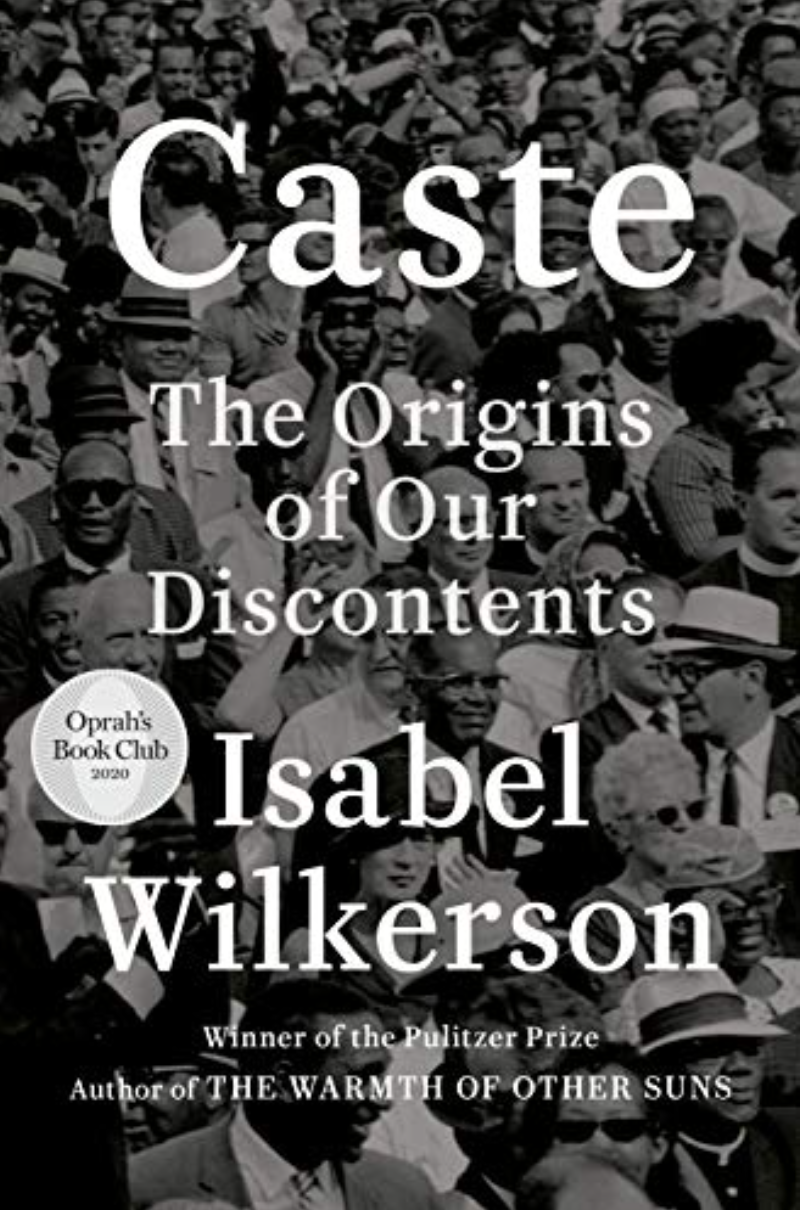The Gist

-
Systemic Racism is built on a scaffold of social hierarchy known as caste.
-
We have to realize that by 2040, most of America will have an origin other than “White.” This book points us to this trend and what we should do to combat systemic Racism.
-
The author draws on many personal anecdotes to highlight the many microaggressions she faces as a Black woman in America.
Impressions
How I Discovered It
I was speaking to a medical student earlier this year, and she recommended this book to me. (Revised: Turns out my memory got muddled, and after speaking with her, I didn’t get this book recommendation from her)!. Instead, I must have heard of it somewhere else. Though, funnily enough, after correcting me on the book, she decided to add it to her list!
Who Should Read It?
This book is a must-read for every American, regardless of race or place of origin. The author guides us through America’s long history of slavery and later codified Racism and brings a rich perspective on our history from the lens of the oppressed. I honestly think teachers should use parts of this book in their U.S. history curricula.
How the Book Changed Me
-
Wilkerson’s perspective and expertise is deeply refreshing. I am educated more and more on the microaggressions that many Black women go through. Hopefully, inshaAllah, if I am there when someone experiences a microaggression, I can speak up. Likewise, if someone else treats me poorly because of my clear Muslim identity, then I am equipped with the tools to confront others.
-
I lived throughout the entire Trump presidency, and I distinctly remember the election night. I was honestly shocked and confused at how Trump could have won that night. Through her book, Isabel explains many resounding sentiments associated with caste that propelled many to vote for him. Bitterness and resentment of the “lower-caste” advancing in social status, a longing for traditions that maintained white superiority, and other factors played a critical role in Trump’s win.
-
I now understand the parallels that are common between caste in the United States and India. The Indian lower caste (known as Dalits) share the struggles of many African Americans in the United States. Social and financial inequity and other apparent disparities persist in both Indian and American communities.
My Top 3 Quotes
“Caste makes distinctions where God has made none.”
“Caste is the granting or withholding of respect, status, honor, attention, privileges, resources, benefit of the doubt, and human kindness to someone based on their perceived rank or standing in the hierarchy.”
“Radical empathy is not about you, and what you think you would do in a situation you have never been in and perhaps never will. It is the kindred connection from a place of deep knowing that opens your spirit to the pain of another as they perceive it.”
Reflections
This book showed me how Racism is more profound than just negative attitudes towards another race. Racism is deep and similar in composition to the entire societal caste system. There are levels in the “social hierarchy” where being closer to perceived “White” helps one climb the caste ladder’s rungs. I now understand that to solve America’s racism problem, we have to go beyond just changing individual attitudes: we have to change systems through a place of “radical empathy.”
As Wilkerson describes, “radical empathy” is a deep understanding of what another is going through. We need to talk about this form of understanding in board rooms, classrooms, and dining rooms. Reflecting on this book, I think incorporating more exercises to train people’s empathy muscles can chip away at caste’s skeleton. This reminds me of some exercises I used to do in college, including “crossing the line.” Beyond college, I do think we should have more empathy training at work.
The book goes further and discusses parallels between systemic caste in Nazi Germany, India, and America. I was shocked when I read how the Nazis took American Racism as a model for how they should persecute jews. As they were drafting their plans for concentration camps and new laws, the Nazis turned to America’s examples of Jim Crow and sharecropping. Moreover, the similarities between the Indian and American caste scaffolds are pretty apparent. For instance, there’s a theme of “social purity” that exists in both systems. Whites are seen as more “pure,” whether that be from a Hindu or Biblical standpoint.
When reading the book, I also appreciated the rich anecdotes Wilkerson uses. For example, she talks about a case where she, a Black journalist for the New York Times, was interviewing a White businessman. The businessman asked for identification and thought she was the reporter’s assistant. He refused to listen to her, saying that he had an “important meeting” with a journalist. What irony that she was there to interview him. These stories are refreshing and are a wake-up call to those who think that Americans are color-blind.